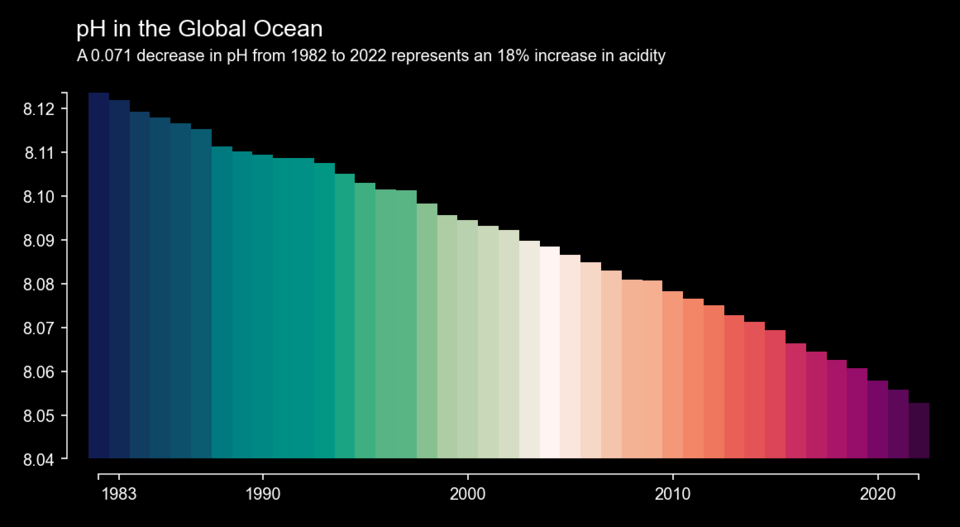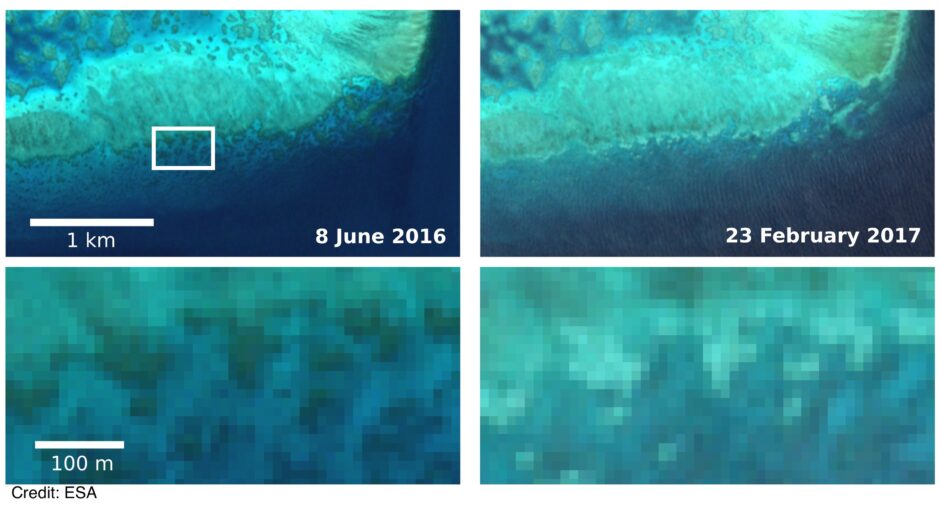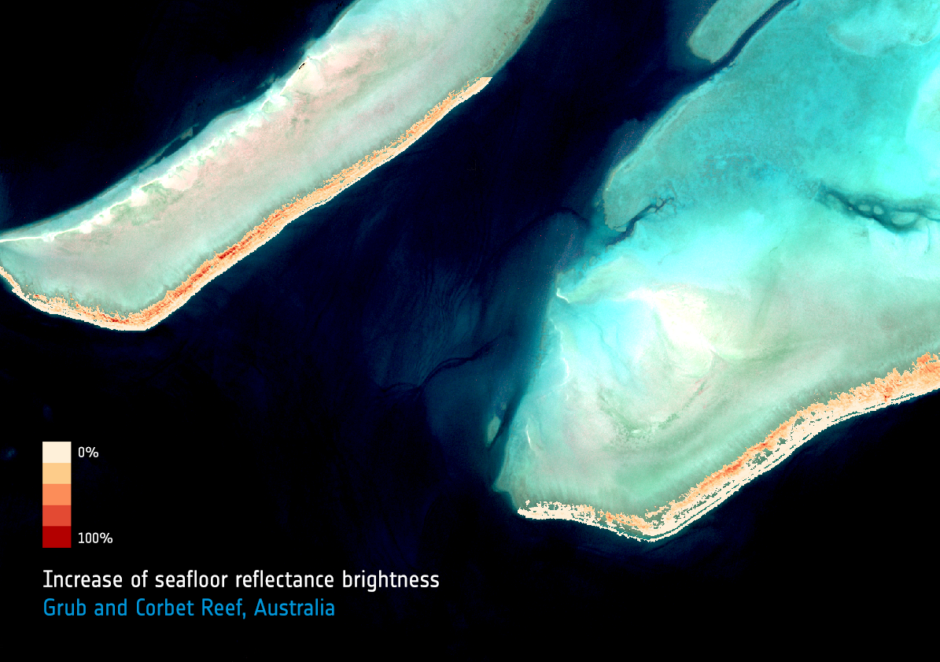Ocean Acidification
Ocean chemistry
The chemistry of the oceans is changing due to climate change, with approximately a quarter of the carbon dioxide released into the atmosphere being absorbed by the oceans. This CO2 dissolves in water, forming carbonic acid. Over the past 200 years, ocean acidity has increased by 30%, a phenomenon known as ocean acidification. The combined effects of rising sea temperatures and increased carbon dioxide levels pose a significant threat to marine biodiversity.
Coral reefs, especially branching corals, are highly sensitive to changes in ocean acidity, which weakens their structures and makes them more vulnerable to damage. Historically, monitoring acidity in oceans were challenging as boat measurements only provides localised data. However, advances in satellite and imaging technology has allowed global monetisation of ocean acidity. By combining data on salinity, chlorophyll levels, and sea surface temperature with machine learning, scientists can create global maps of ocean chemistry. Understanding these changes are essential for developing strategies to protect and restore coral reefs.

Global ocean acidification increase Credit ESA


Links to further information:
ESA – Satellites increasingly critical to monitor ocean health
SMOS/Space_is_key_to_monitoring_ocean_acidification
